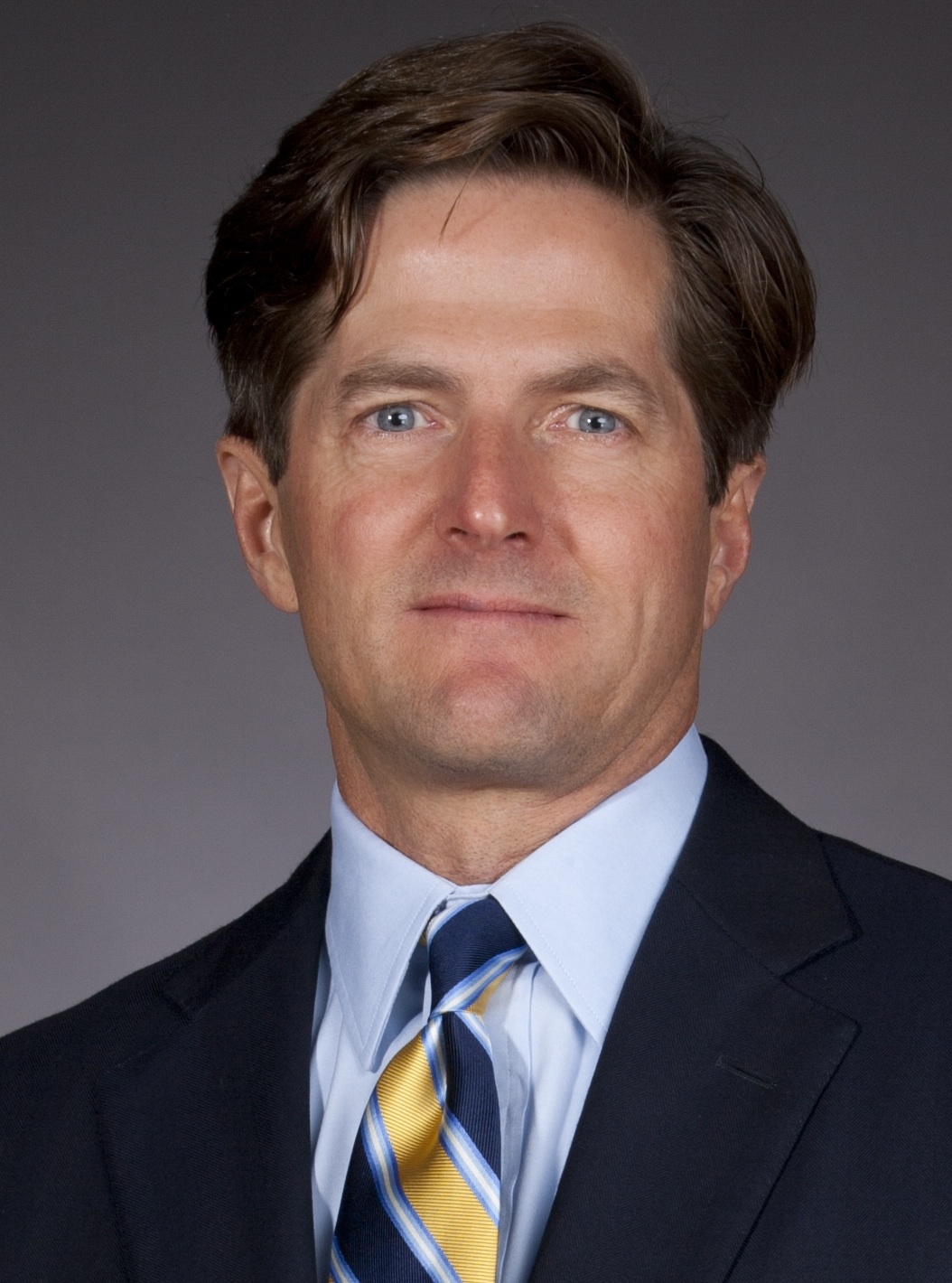Author: Tom Yorke, Oceanic Capital
Covestor models: Global Diversified Conservative, Global Diversified Moderate, Global Diversified Aggressive
Okay, we can breathe again. The world’s most favored economic data point, the monthly unemployment data, has been released and – surprise – again we find out the US economy isn’t doing so well. All this despite the fact the day before the ADP Employment Change number was quite a bit stronger than expected and the weekly filings for jobless benefits were lower than expected. It is just a bit confusing.
You have the US Bureau of Labor Statistics making stuff up like the Birth & Death rate of New Businesses (BLS says they don’t get properly counted) and then somehow we all follow it like lemmings.
The “hard data” about the number of people actually filing unemployment claims or the number of people actually paying taxes seems to matter less. Why these hard numbers take a backseat to the estimated employment numbers of BLS is a mystery. It’s like the old Seinfeld episode about “bizarro-world.” I am not sure who wins in this scenario but I am left with the feeling that in the end we all lose.
Given that we are waiting for election results, tax law changes, Fed meetings and potentially QE3 here in the US, it doesn’t surprise us too much that things are just “muddling along,” as John Mauldin has often said.
In any case, the markets predictably swung around, sending bond yields lower as their prices rose and the general stock markets lower by triple digits. I am not sure we will all make lots of money by owning 10-year US Treasuries at 1.50% yield, especially since, ex-food and energy, a 2% inflation rate leaves us a real return on negative 50 bips each year (but plenty of time to think). Just another day at the races I’m afraid.
Greece voted responsibly in June and the ECB followed up by rewarding them with a rate cut and eliminated the rate paid on overnight funds. Sweden’s interest rates went negative, as did Germany’s and now France’s, bringing back the return of capital, minus a small fee, as the primary concern of some investors.
We saw Great Britain agree to a round of quantitative easing but I just don’t see us as ready to adopt round three of QE here in the USA.
The EU agreed to lend directly to the Spanish banks, give up their preferred creditors’ status, and create a banking union for the Eurozone by fall. Unfortunately, they also agreed to leave the details to be sorted out later, so the war of words continued apace. The devil – as everyone knows – is in the details.
Some reasons to stick with asset allocation and stay out of the daily derechos the market throws at us without warning, besides sleeping at night.
Jeremy Grantham, who is known best for his bearish views on U.S. equities, spoke at the Morningstar Investment Conference recently. Grantham has illustrated the value of a long-term focus in how he invests his sister’s pension fund; he considers his sister’s assets to be permanent capital; since hopefully his sister will not fire him as the manager.
Grantham said that the advantage he has is that he doesn’t over-manage it. He makes adjustments about twice a year, but once a year is more normal. The returns on Grantham’s sister’s assets are not measured against any benchmark, and that, he said, contributes to their strong performance.
As a manager, the risk that Grantham focuses on is the protection of capital, not on metrics such as the Sharpe or information ratios. Grantham said that this style of low-turnover, permanent-capital investing produces returns that are 100 to 200 basis points a year greater than his GMO funds that have their performance measured against a benchmark.
Then, for those of you who still think market timing is an answer, consider the following:
Researchers Pascal Scherrer and Thomas Noll had a group of 28 stockbrokers participate in various simulations and intelligence tests, and then compared their results to a group of psychopaths.
They found that the traders showed a higher degree of competitiveness than the psychopaths — and that the traders were surprisingly willing to cause harm to their competitors if they thought it would bring them an advantage. Irrational risk-taking played a major role in the financial crisis of 2008, as thousands of questionable assets assumed greater and greater leverage as the market went down until they ultimately proved unsound.
It’s not the first study to suggest a correlation between success on Wall Street and mental pathology. In 2005, a study found that traders who are unable to fully feel their emotions due to brain damage end up performing better in the market — likely because they experience less anxiety about risky trades.
The normal people, unfortunately, in this type of environment, will likely buy high and sell low,
Not a winning strategy. So stay calm, check your psychosis at the door and discipline yourself to lower your investment turnover and increase your investment return.



